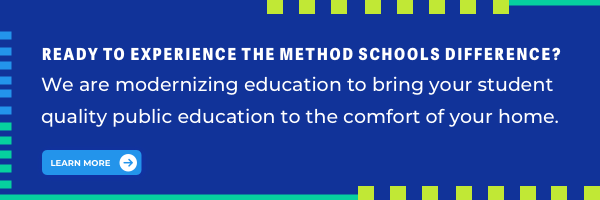The Benefits of Data Driven Education
Big data is reshaping the way students learn, and a variety of digital classroom tools are changing the teaching dynamics for teachers. The current data driven education system involves the inclusion of computers in K-12 classes, and students are increasingly experiencing data-driven teaching as a completely integrated part of a post-textbook, customized academic process. Thanks to technology, algorithms are constantly analyzing your behavior online and offline. They influence what you do in the moment and frequently steer you toward what to do next.
In the data-driven classroom, collecting and analyzing a student’s work are part of how schools report and track performance. Digital curricula and data are changing the way teachers and the learning process work. Details about the intersection of education and data are below.
- Adaptive learning involves more than simply streamlining assignments and the grading process. Data-driven classrooms open up the experience of what students learn, when they learn it and at what level. Some digital courses use big data predictive analytics to determine what a student is mastering or not mastering.
- Applications such as MasteryConnect allow teachers to deliver multiple-choice devices or scan and score written exams on mobile device cameras. These tools are important and helpful for reporting under Common Core as well as state standards
- Teachers can use big data to cross-reference written work with public databases and other resources on the Internet. Certain apps verify that all assignments submitted are original to the student
When teachers use data to drive their decisions and plans, they are able to respond to problems more effectively, construct new teaching methods, and advance skill sets faster. Current studies indicate that teachers in schools with data-focused programs think using data improves instruction significantly. The factors that may slow the implementation of data-driven instruction are:
- Sometimes too much data can be overwhelming. Schools may have a tendency to gather more data than they need and conflicting results can make it difficult to prioritize the information
- Collecting reliable and accurate data requires discipline. Many people are not comfortable with tracking progress over time. Humans are not wired to collect data without an intentional focus
- Interpreting data can be a full-time job. Doing it in an actionable way is time-consuming and requires advanced analytical skills
There are several ways that school districts, educators and administrators can collaborate to carry out data-driven instruction plans while making the practice beneficial and engaging. Six suggested methods are:
- Keep it basic by using simple tools and techniques that connect with each other
- Start small and scale your efforts with progress. Once you find methods that work well, apply them methodically to all your classes
- Do an analysis of your efforts and reflect on whether the steps you have taken have made an impression
- Engage your students by involving them in setting goals. Encourage them to reflect upon their progress
- Use a graph or chart to track progress. This helps students and parents visualize achievements and results
- Be open about communicating with others about class-wide results. You can do this by relaying information about outcomes and explaining how instruction will be modified based on new data
Method Schools in California offers curriculum that is based on the customized needs of students. This public charter school is tuition-free and enrolls students in grades K-12. All students take a diagnostic assessment before they enroll. This lets the staff, parents and student work together to choose appropriate course placement. Students are then reassessed monthly, which ensures the education they receive is working. It also allows for adjustments and further customization to take place. The school uses data to measure everything and it allows teachers to modify instructional content and pacing for each student. Their education program uses data and observations to divide students into small groups every day to work on specific areas of study.
Finally, at Method we're excited to announce a new project that's about to go live. We've been working on the concept for over a year, and, in January 2018, we're launching SmartFox, a custom online course catalog built inside a unique, mobile-based learning management system.




-1.svg)
-1.svg)
.svg)
.svg)
.svg)

.svg)










.svg)
.svg)


